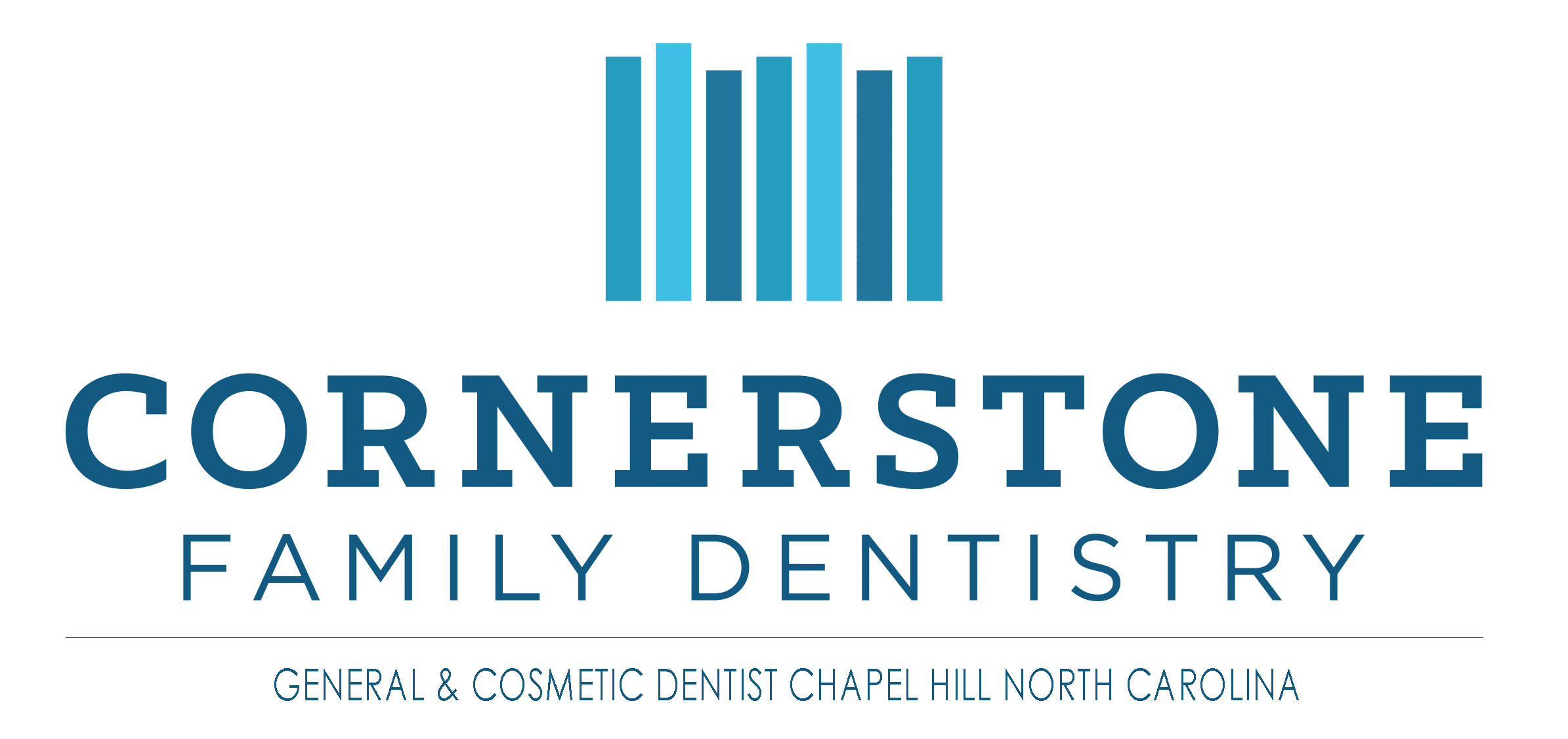Fix Chipped Teeth
Despite being the hardest tissue in the body, tooth enamel is not indestructible. As such, it is very common for people to experienced chipped teeth as a result of biting down on something hard like candy or ice cubes. In addition to possible functionality issues, a chipped tooth can be painful and result in cosmetic concerns for the patient. Patients suffering from a chipped tooth may be concerned with their treatment options so in this article, we will discuss some of the more common options for repairing chipped teeth.
Treating a Chipped Tooth at Home
While it is always recommended to visit a dentist as soon as possible after suffering from a chipped tooth, it is not always possible to schedule an appointment quickly. Patients that are unable to quickly see a dentist may consider the following at-home treatments:
- Relieve any pain or discomfort by taking over-the-counter pain relievers such as ibuprofen or acetaminophen.
To reduce the risk of infection, periodically rinse the mouth with salt water. - If the chip has left a sharp or jagged edge, cover it with paraffin wax or sugarless gum to protect the tongue and inside of cheeks.
- If the patient must eat, stick to softer foods and avoid biting down on the damaged tooth.
- Use Dentemp to temporarily treat the chipped tooth (available at most pharmacies and drugstores).
Professional Chipped Tooth Treatments
The severity of the damage will dictate what treatment options are available for the dentist to repair the chip. When small portions of enamel have chipped off the tooth, the dentist can likely repair the condition in one visit. But if the damage is extensive, multiple visits could be required and cost more. Depending on the damage, the dentist may recommend:
- Dental Bonding: If only a small portion of enamel is damaged, the dentist may be able to fix the damage with dental bonding. When the damage occurs to a front tooth, a tooth-colored resin, called bonding, is applied to correct the damage. Bonding procedures are painless and do not require anesthesia. The process begins with the dentist etching the tooth surface with a special gel. Then, they apply an adhesive followed by the bonding resin. After polishing and shaping the resin, the dentist uses an ultraviolet light to harden the material.
- Dental Veneers: One of the most common cosmetic procedures to combat tooth damage, particularly for the visible front teeth, dental veneers are ideal at restoring the tooth to its natural appearance. Made of porcelain or composite resin, veneers are customized to the patient’s specifications and are applied over the entire tooth using adhesive cement.
- Dental Crown (Cap): When a substantial portion of the tooth is chipped or damaged, the dentist may recommend a dental crown. Crowns are designed to preserve functionality, improve appearances, and protect the tooth. Should damage affect the inner tooth pulp, the dentist may perform a root canal procedure. During the root canal, the dentist will remove any infected pulp material before capping the tooth with a crown.
